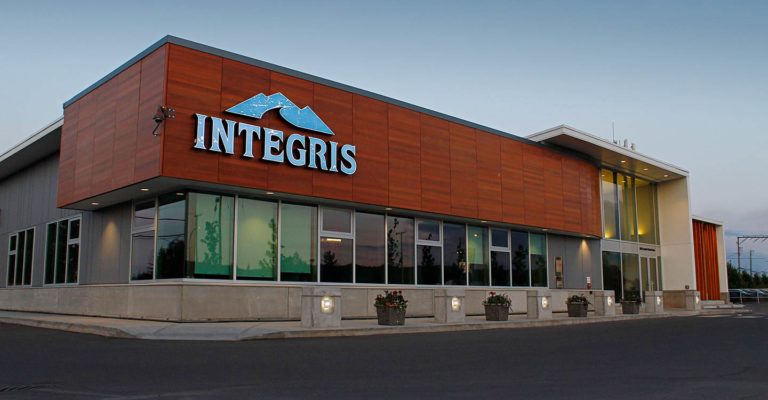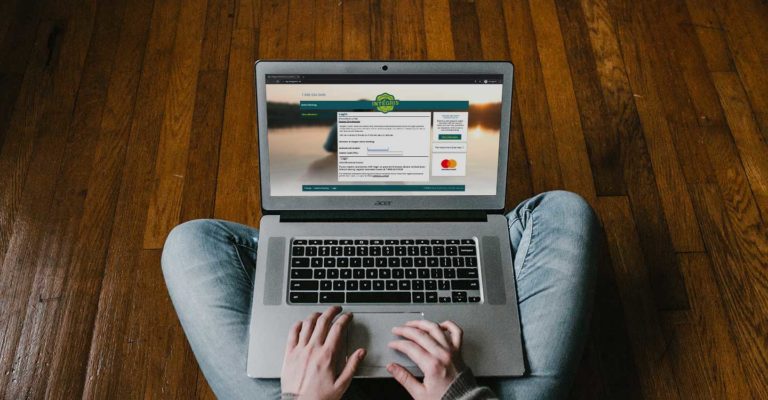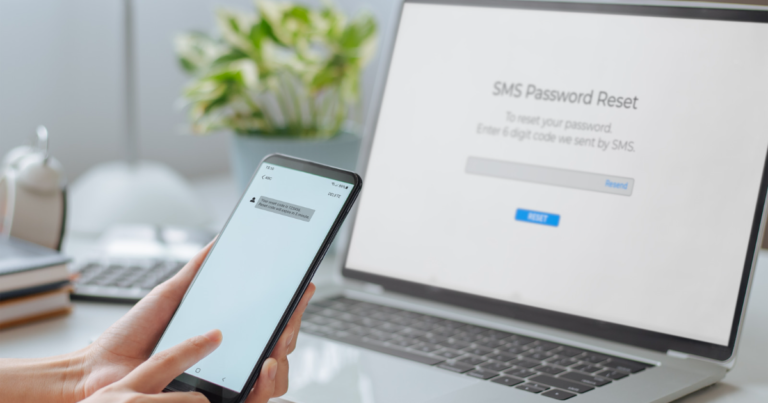Emergency Preparedness Week is a national awareness initiative to help Canadians prepare for natural disasters. This special week is a national effort of provincial and territorial emergency management organizations, and Public Safety Canada. By taking a few simple steps, you can become better prepared to face a range of emergencies – anytime, anywhere. It is important to:
- Know the risks.
All disasters have consequences. Knowing the risks specific to our community/ region can help you better prepare. - Make a plan.
It will help you and your family know what to do - Get an emergency kit.
You may not have access to power or tap water. As a result, you should prepare to be self-sufficient for at least 72 hours in an emergency.
We’ve put together some helpful resources for you to help prepare yourself and your family. And be sure to follow our Facebook page for other contests and activities this week. These resources have been sourced for GetPrepared.com.
Home Emergency Kits
Wildfires and floods in Northern Interior BC have become a unfortunate normal in recent years. We encourage our communities to be proactive in assembling a home emergency kit.
It is a good idea to keep your home emergency kit updated. Set a reminder to review annually for expired items will keep your kit ready. If you don’t have the time to put together an emergency kit, there are several that can be purchased for home and vehicle use from www.canadiansafetysupplies.com for single to multiple individuals.
Here’s a list of things that your home/vehicle emergency kit should include:
| The Essentials | Additional Items |
|---|---|
| – Ready to eat food | – Water Purifications Tablets |
| – Manual Can Opener | – Tarp |
| – Water (2L per person per day – pregnant and elderly need more) | – Hand Warmers |
| – Flashlight and batteries | – Compass |
| – AM/FM Radio | – Poncho |
| – Medications / copies of prescriptions | – Emergency Light Sticks |
| – Blanket | – Duct Tape |
| – Cell phone charger | – Surgical Masks |
| – Pen and notepad | – Multi Function Knife |
| – Personal toiletries like toothbrush, toothpaste, | – Shovel |
| – Extra pair of glasses or contacts | – Emergency shelter |
| – Small first-aid kit | – Waterproof Matches |
| – Cash in small bills | – Leather Gloves |
| – Local map with your family meeting place identified | – Crank/Solar power flashlight |
| – Whistle | – Nylon Rope |
| – Seasonal clothing | – Toilet Paper |
| – Tampons | |
| – Playing cards | |
| – Colouring Sheets + Crayons |
You can never predict an emergency. By being proactive and keeping an emergency survival kit in our homes and vehicles, we can ensure that we are prepared should an emergency arise.
We are here for you. Our team of insurance experts can answer any questions you have about how emergencies affect your insurance coverage. Connect with us today with any questions or concerns. Let’s ensure your insurance will have you covered. Call 1-866-554-3456 or message us for more information.







